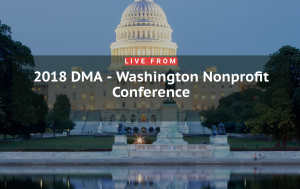Faced with a higher volume of grant requests, tighter giving budgets, and narrowed fields of interest, foundations are focusing on impact. “They want results,” said Holly Thompson, contributing editor for The Grantsmanship Center in Los Angeles, “and in making funding decisions, they’re assessing the potential return on investment (ROI) their grant dollars will produce.”
The best way to position your organization for a grant, said Thompson, is to communicate impact in measurable, quantifiable terms. “Simply describing the services your organization provides doesn’t do the job. You’ve got to move beyond that to define the results of those services. Providing clear, easy-to-digest snapshots of impact can turn a so what response into a wow.”
A critical first step is to understand the difference between a description of outputs (also called activities, services, methods, approaches) and outcomes (also called results, impact, accomplishments).
An output details what your organization does, whereas an outcome defines changes that have taken place because of your organization’s work. Maybe people who participated in your organization’s programs learned to read, stopped smoking and started running, graduated from high school, or got a job. A solid description of outcomes tells the funder what change occurred, and how much change occurred over what period of time.
“It takes commitment to collect and track data,” said Thompson. It can also take some money. But, it’s a critical investment. The focus on outcomes is here to stay, and that’s a good thing. “It’s true that solid outcome data can tip the scales towards the grant award,” said Thompson. “It’s more important than even that your organization exists to make some sort of positive change. If you can’t measure progress, how will you ever stay on track?”












